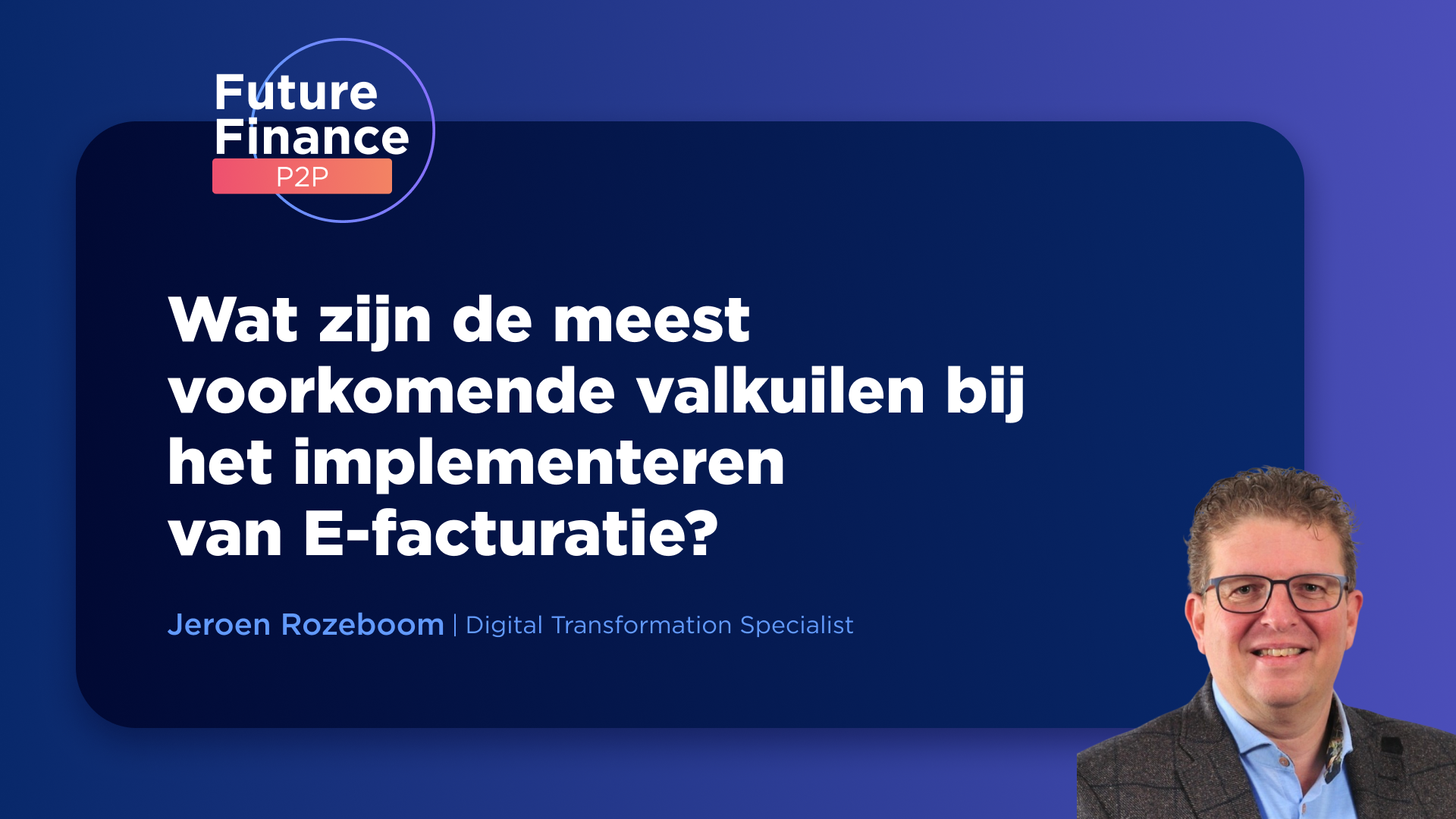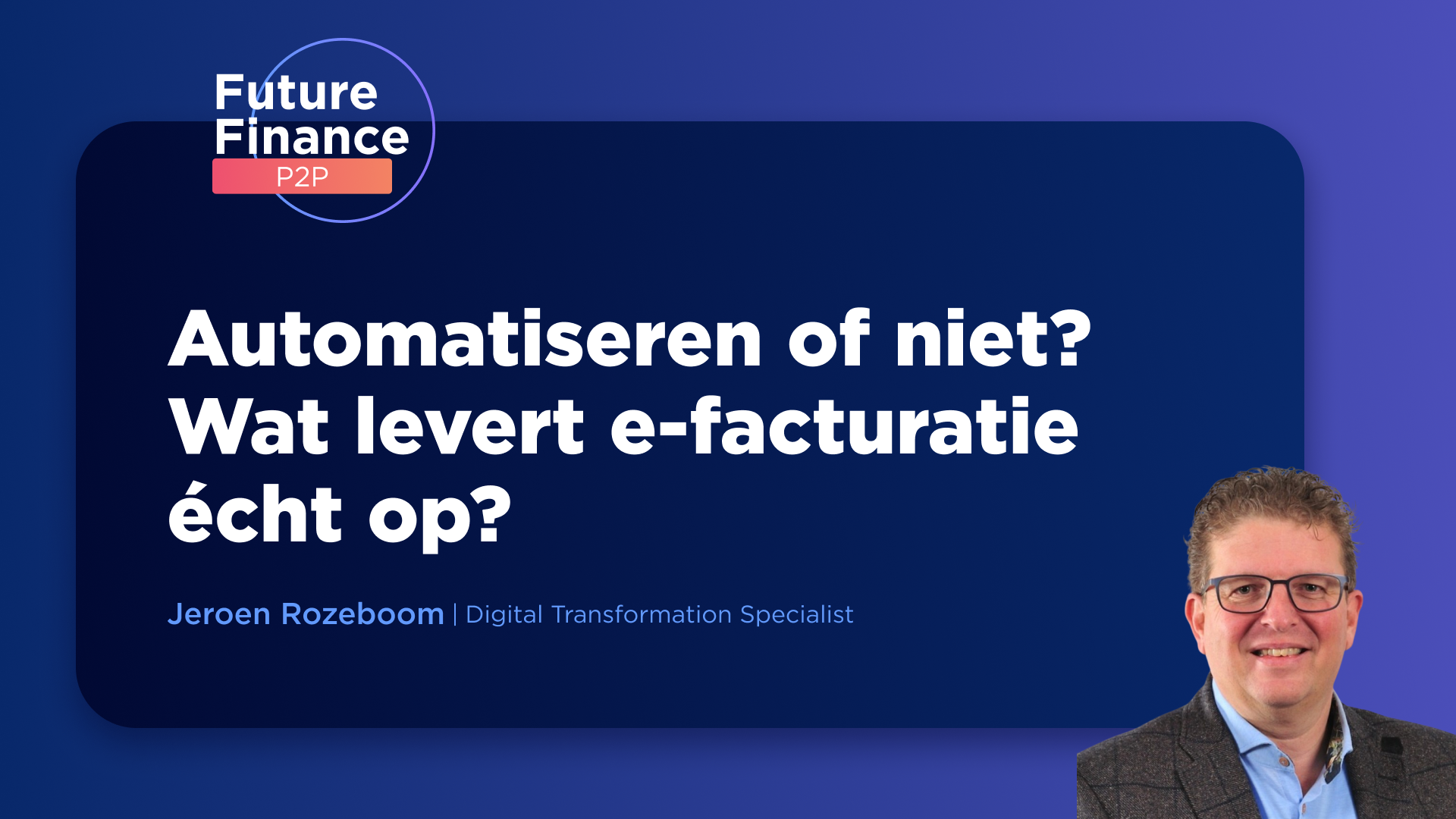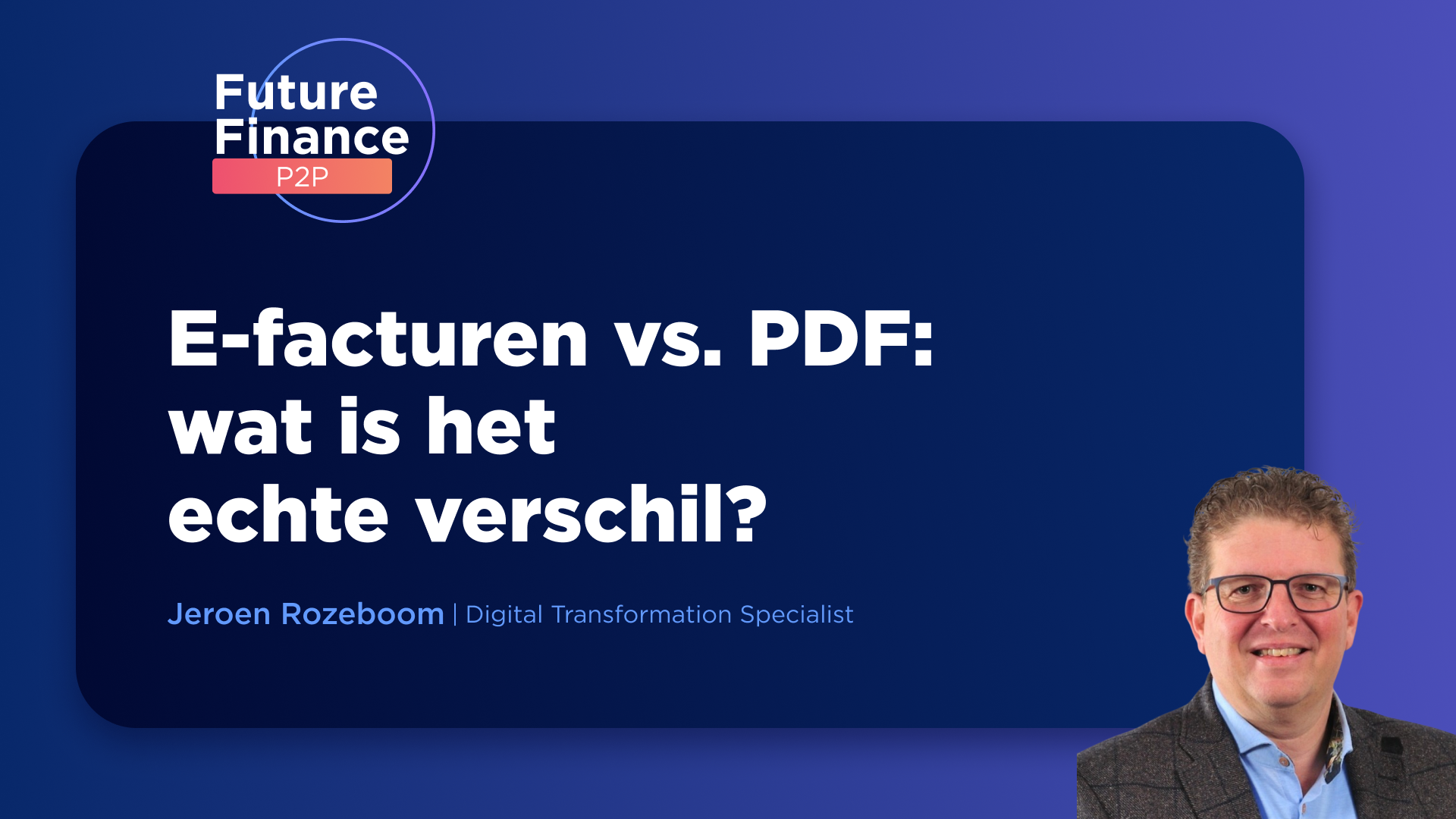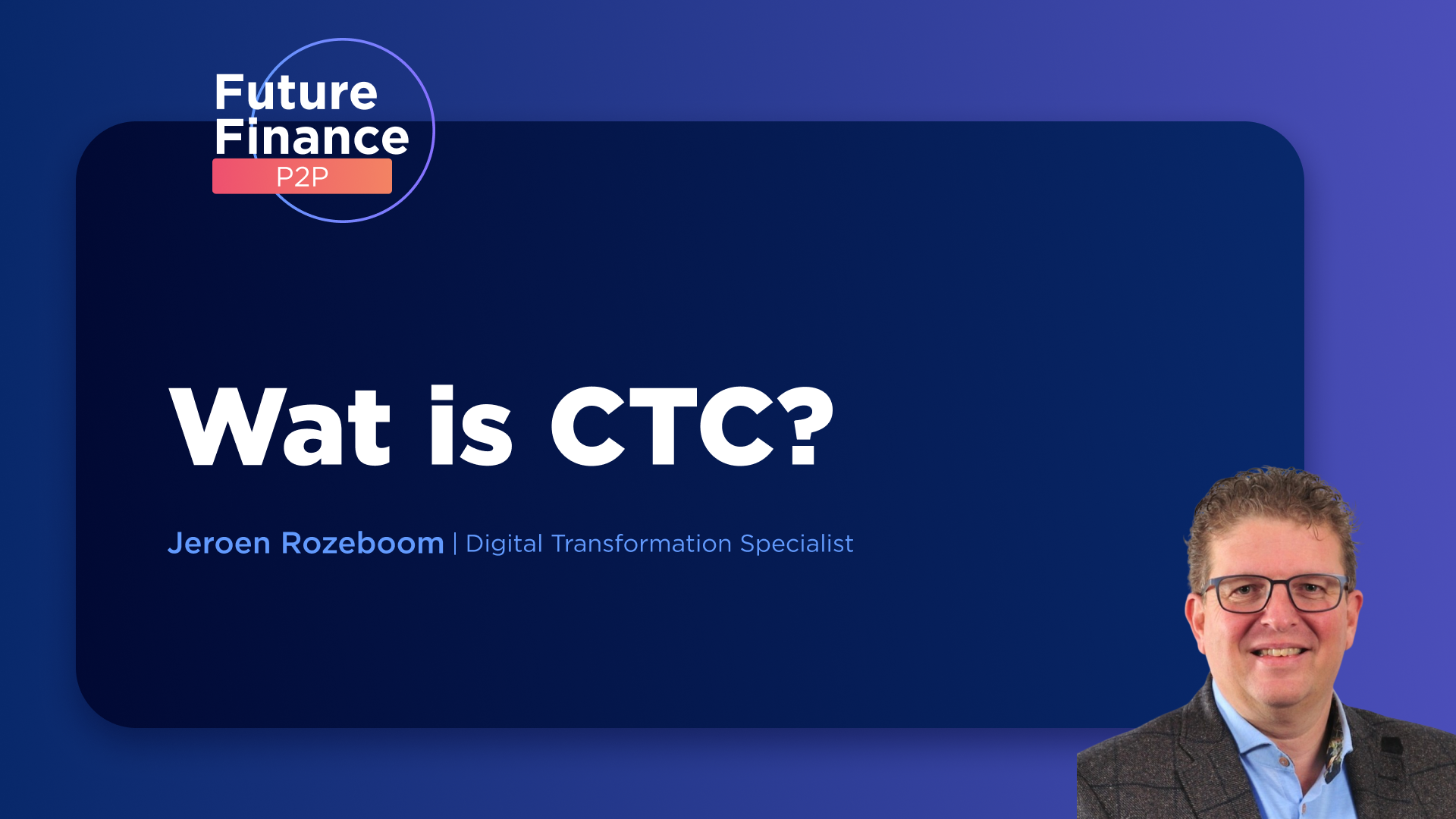"They send pdf invoices by email,
we receiving them as e-invoices"
Renewi made the switch to e-billing with the help of 4Exchange. The waste processor now receives all invoices as e-invoices.
We are not an accounting firm or a factoring company. We are an automation company that collects invoices and converts them to any form and standard the recipient wishes or requires. Realtime, touchless and compliant with legislation in the Netherlands, Belgium and (far) beyond.
![]()
Total outsourcing
Your organization, suppliers and customers work with invoices in the form and standard they work with. We put ourselves between your inbound and outbound invoice flows and take care of all conversions.
Peppol Access Point
Peppol is one of the networks with which 4Exchange exchanges invoices. We are a Peppol Access Point and ensure that invoices conform to the UBL standard and are delivered via the correct routing.
Quality of invoices
In addition to conversion, we validate each invoice based on master data sources. Supplier recognition, for example, is set up based on IBAN and VAT number.

"They send pdf invoices by email,
we receiving them as e-invoices"
Renewi made the switch to e-billing with the help of 4Exchange. The waste processor now receives all invoices as e-invoices.
billing outsourcing for both incoming and outgoing invoices
We convert any incoming or outgoing invoice into the recipient's preferred format, standard and receipt method. Regardless of the transmission method (mail, email, a portal or e-invoicing network) and regardless of the file format (PDF, UBL, XML, EDI etc.).

About billing
We answer frequently asked questions about billing on our FutureFinance video platform.





E-invoicing is the sending of an e-invoice from one automated system to another automated system where it can be processed electronically. An automatic exchange of documents between systems therefore takes place.
In the case of e-billing , this refers to e-invoices, but other documents, such as delivery notes and orders, can also be exchanged automatically between supplier and customer systems.
An e-invoice is a structured digital data file, where the invoice data is in a fixed location. Exactly which location depends on the standard used. Because the invoice data is always in the same location, the e-invoice can be processed automatically in the administration, without manual intervention.
E-facturen worden soms XML-facturen of UBL-facturen genoemd. Hoe zit dat?
XML is een bestandsindeling die structuur aan gegevens geeft, zodat deze uitgewisseld en verwerkt kunnen worden. Zie het voorbeeld hiernaast: de gegevens krijgen structuur doordat ze tussen <tags> staan.
E-facturen worden meestal verstuurd als XML-bestand. Dit herkent u aan een bestandsnaam die eindigt op .xml, net als dat een PDF-document eindigt op .pdf en een Word-document op .docx. Een e-factuur is een toepassing van XML, maar ook andere elektronische berichten, zoals een inkooporder of pakbon, kunnen als XML-bestand uitgewisseld worden.
Universal Business Language, UBL, is een gestandaardiseerde digitale ‘taal’ voor het opstellen van XML-documenten. Het is een serie afspraken die ervoor zorgt dat u, maar vooral uw automatische systeem, specifieke gegevens altijd op dezelfde plek op de factuur terug kunt vinden. Deze afspraken gaan bijvoorbeeld over de specifieke woorden (gebruikt men <InvoiceNumber> of <invoiceno>) en over de specifieke locatie (staat het factuurnummer op de 1e of de 7e regel, bijvoorbeeld).
UBL is in Nederland de meest gebruikte e-facturatiestandaard, maar er zijn er nog veel meer. 4Exchange spreekt elke taal en ontzorgt u graag op dit gebied.
Invoices sent via e-mail as PDFs, Word documents or other image files, while a first step away from paper invoices, are not e-invoices. This is because the recipient must enter the data manually or capture it using OCR technology. In addition, mailed invoices often need to be printed on paper for matching and archiving.
E-billing is economically advantageous and mandatory in an increasing number of countries.
- Digital transformation
Automation needs standardized processes and structured data. E-billing facilitates process automation. Invoices are processed or formatted much faster and error-free. - VAT compliance
Sending invoices to the government can only be done as e-invoices in more and more countries. But in more and more countries, e-invoices will also become mandatory between companies, allowing invoices to be registered in real time by the government.
Currently, e-billing is only mandatory in the Netherlands if you are doing business with the government, i.e. in the case of Business-to-Government (B2G) transactions. This is because Dutch governments and contracting authorities only accept e-invoices from its suppliers; they no longer want PDFs or paper invoices receiving. In some other countries, such as Italy and Poland, e-billing business-to-business (B2B) is also already mandatory. So if you do business with a company in these countries, you should also be able to send e-invoices or receiving.
ViDA: e-billing to become mandatory across Europe
The European Commission is working on the legislative proposal VAT in the Digital Age (ViDA). This law requires that e-invoicing for B2B transactions become mandatory across the EU. The preliminary planning is that by 2028 e-invoicing should be the norm in all member states. A number of countries are leading the way in this. Thus, Italy and Poland have already done so, but Belgium, Germany and France also have advanced plans to make e-invoicing mandatory for all business transactions by 2028.
E-invoicing can be done in several ways. What are the most common?
Via an e-invoicing network
The new standard in invoicing land and safest way of e-invoicing is via a secure e-invoicing network. Think of Peppol, Mercurius, or Tungsten, Basware or SAP Business Network.
Invoicing through an e-invoicing network is best compared to calling through a telecom network. No matter what provider you have, for example Vodafone or Odido, and no matter what provider the other has, you can reach each other over the telecom network. As long as you have the right phone number.
An e-invoicing network works basically the same way. Anyone can access the network through an e-invoicing provider, such as 4Exchange, and then exchange invoices with customers and suppliers who are also connected to the network through a provider. All you need is the Chamber of Commerce (or OIN in the case of governments) number to reach the organization in question.
Via email with e-invoice attached
It is also possible to send an e-invoice as an XML file attached to an email or receiving. This is a fairly accessible way of e-invoicing, as many accounting packages already offer options for this.
However, it is important to realize that e-mail traffic is not secure. In addition, e-mail does not provide assurance that the e-invoice is properly receiving by the customer. It can also be difficult to be sure that the invoice you receive actually comes from the supplier.
Via an invoice portal
If you are getting started with e-billing, this has implications for the parties you work with. Not all customers or suppliers, especially smaller parties and self-employed people, have the right systems in place to receiving or send e-invoices.
In this case, an invoice portal can offer a solution. Think of this as an addition to the e-invoicing network. Customers can use the portal to easily download the invoice in their preferred format. Suppliers manually enter the invoice in the portal, which then reaches you directly in the jusite form via the e-invoicing network.
The step from paper or PDF invoices to e-billing seems big, but it's actually not a big deal. In the vast majority of cases, 4Exchange can connect you in just one day. Whatever form of invoicing you currently use, you can always switch to e-billing. Both for receiving and for sending e-invoices. So how do you get started and what do you need?
Getting started step by step with e-billing
All you really need to send e-invoices is an accounting package or ERP system that generates invoices. It doesn't matter what type of invoices this is. So they do not have to be e-invoices.
4Exchange automatically 'translates' your invoices to the required e-invoicing standard. So does your package not generate UBL or XML invoices? No worries, we make sure they are automatically converted to the correct format.
In addition, you need to access the desired e-invoicing network. For this, too, you can turn to 4Exchange. For example, we have an official Access Point for the Peppol network. We are also connected to all other e-invoicing networks.
Why 4Exchange
We have been engaged in digitizing and standardizing invoices for 25 years. Over the years, our services have greatly expanded to include e-invoicing networks, Peppol, VAT compliance, data validation and other transaction-related documents.


